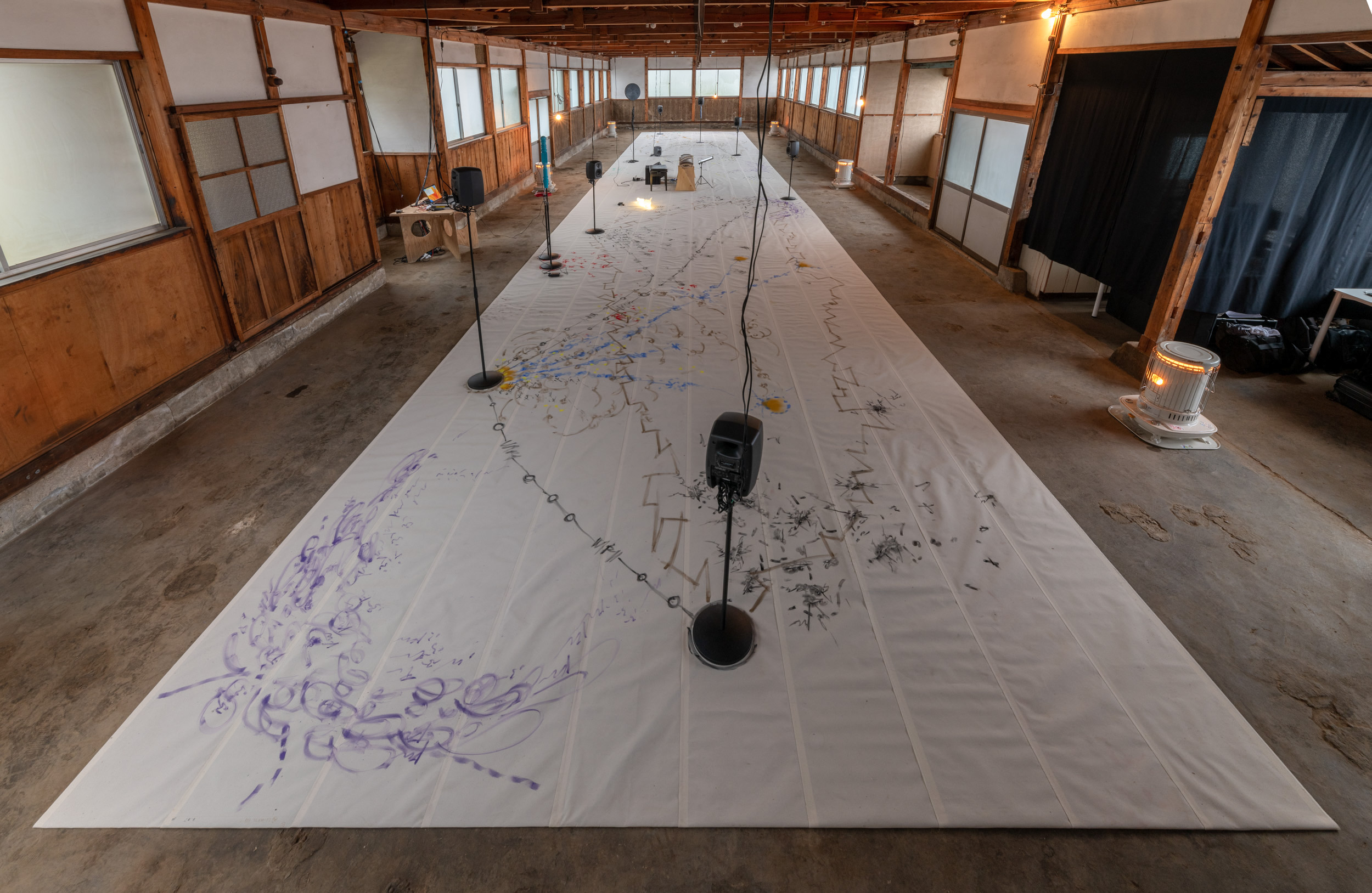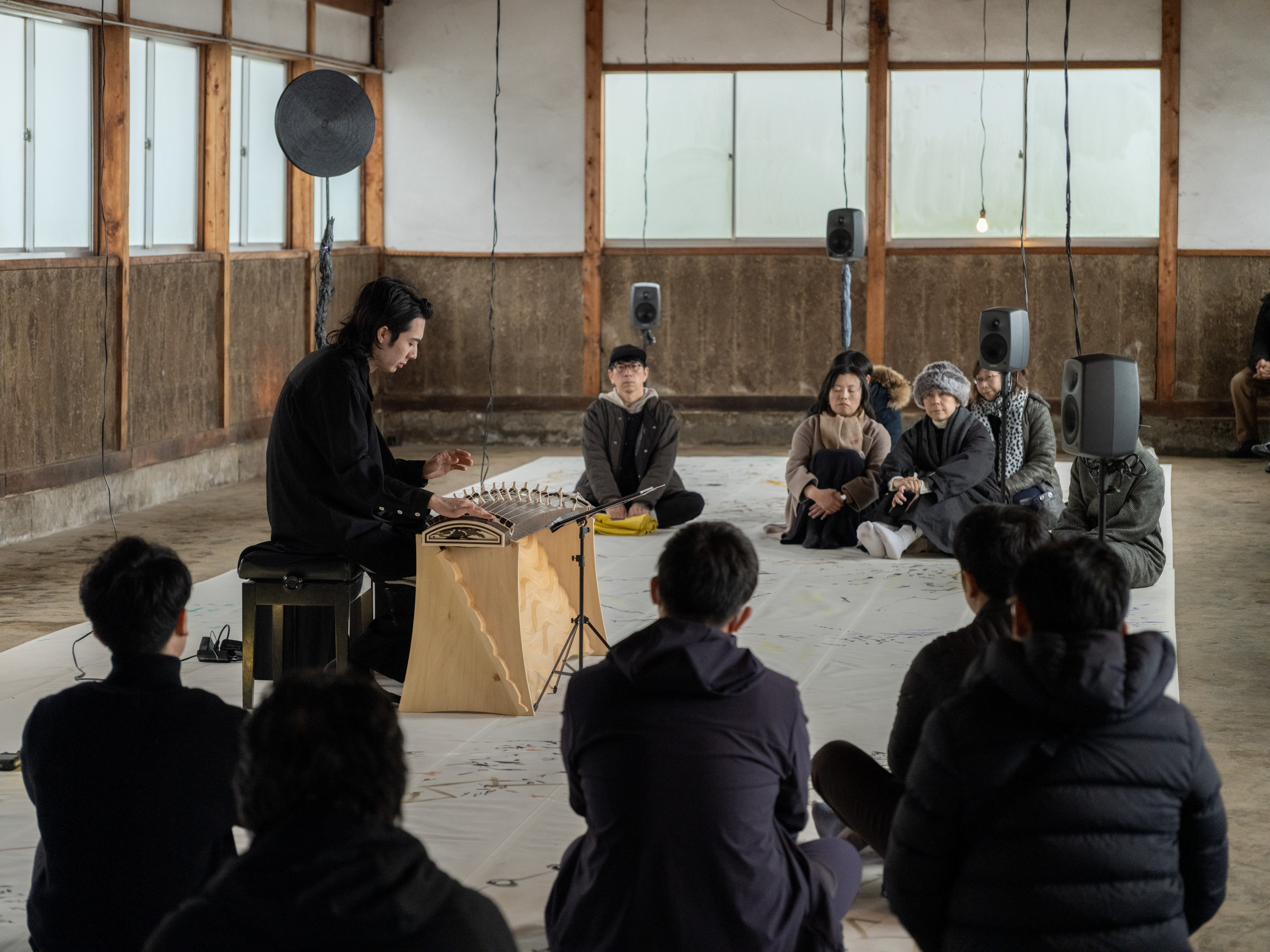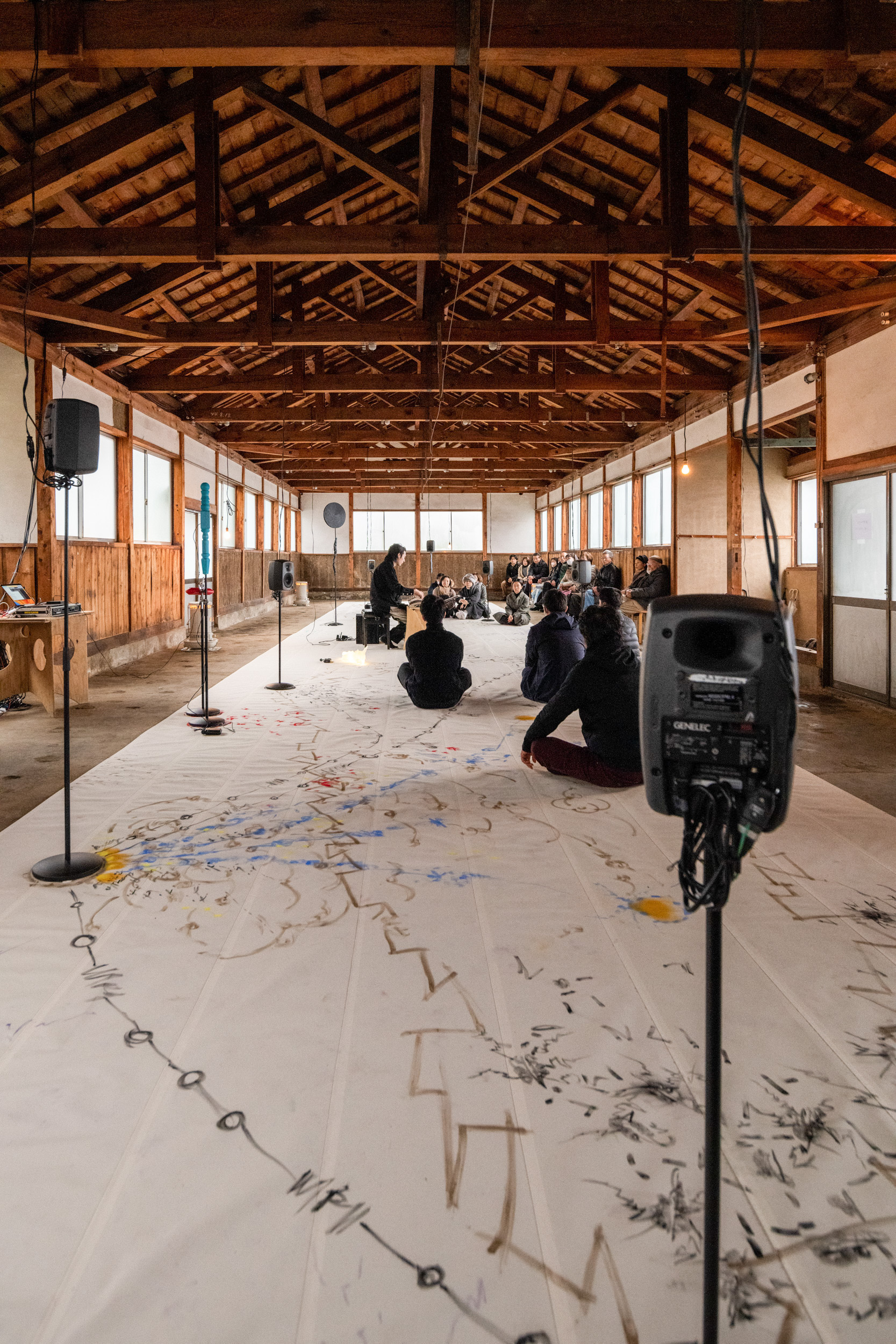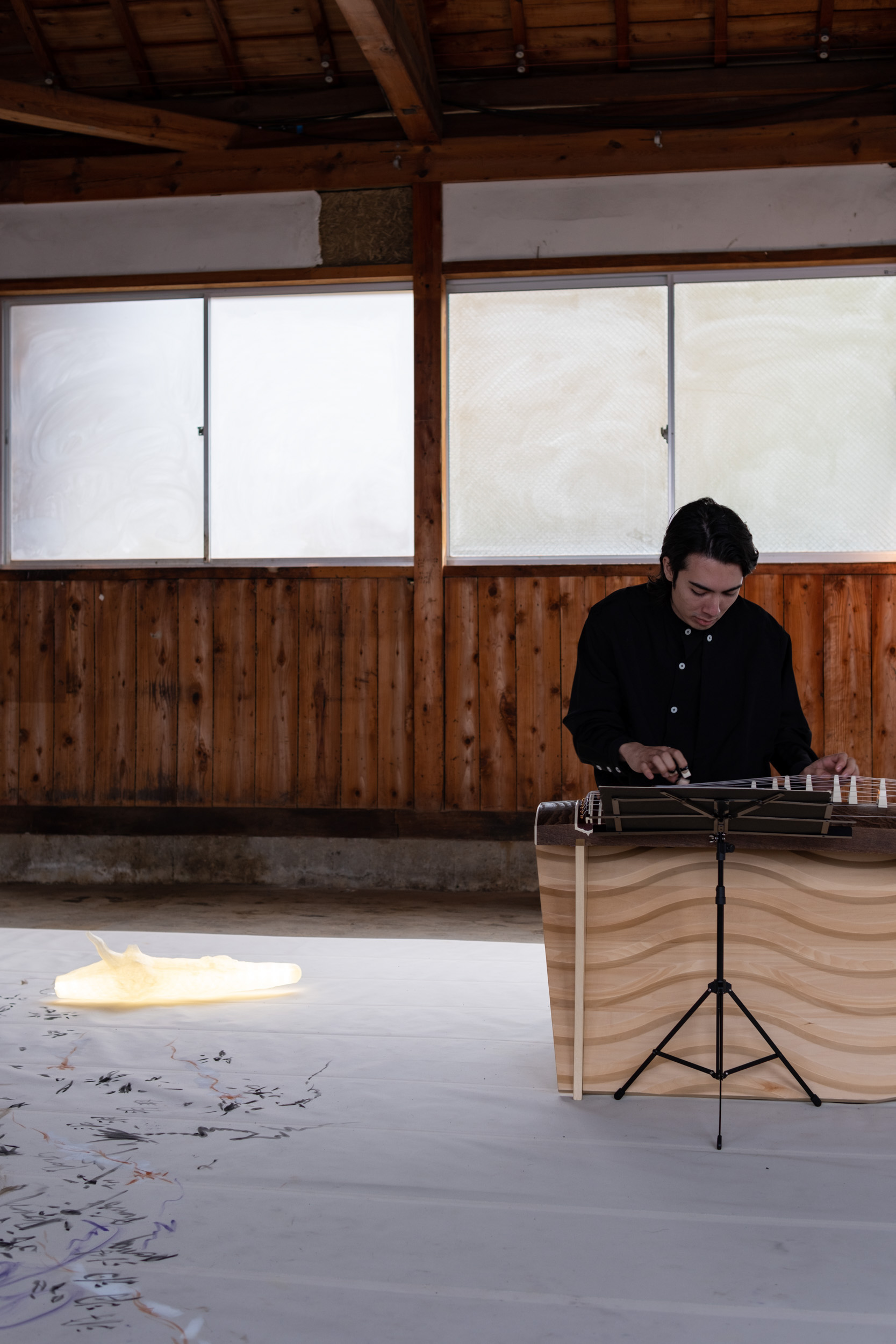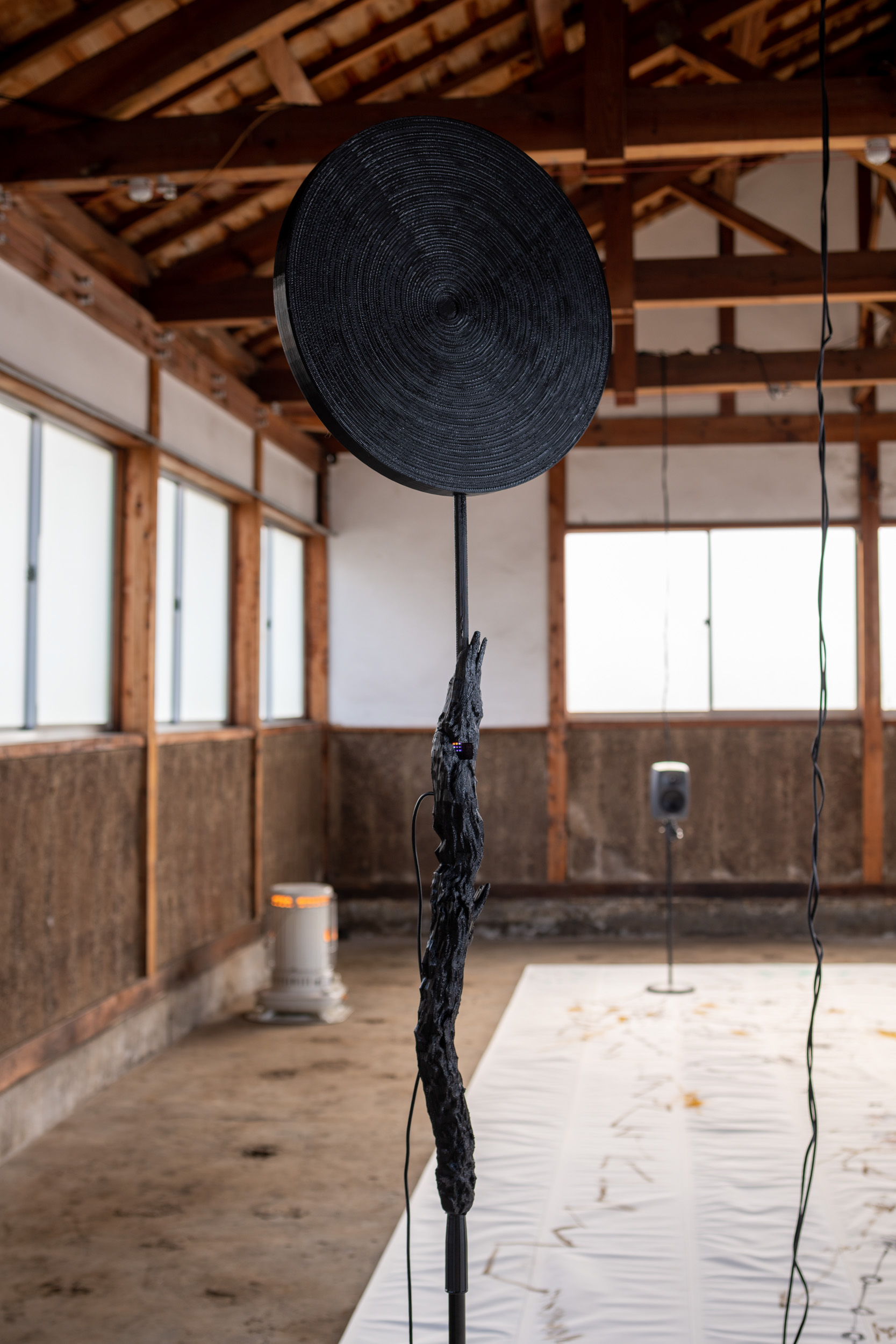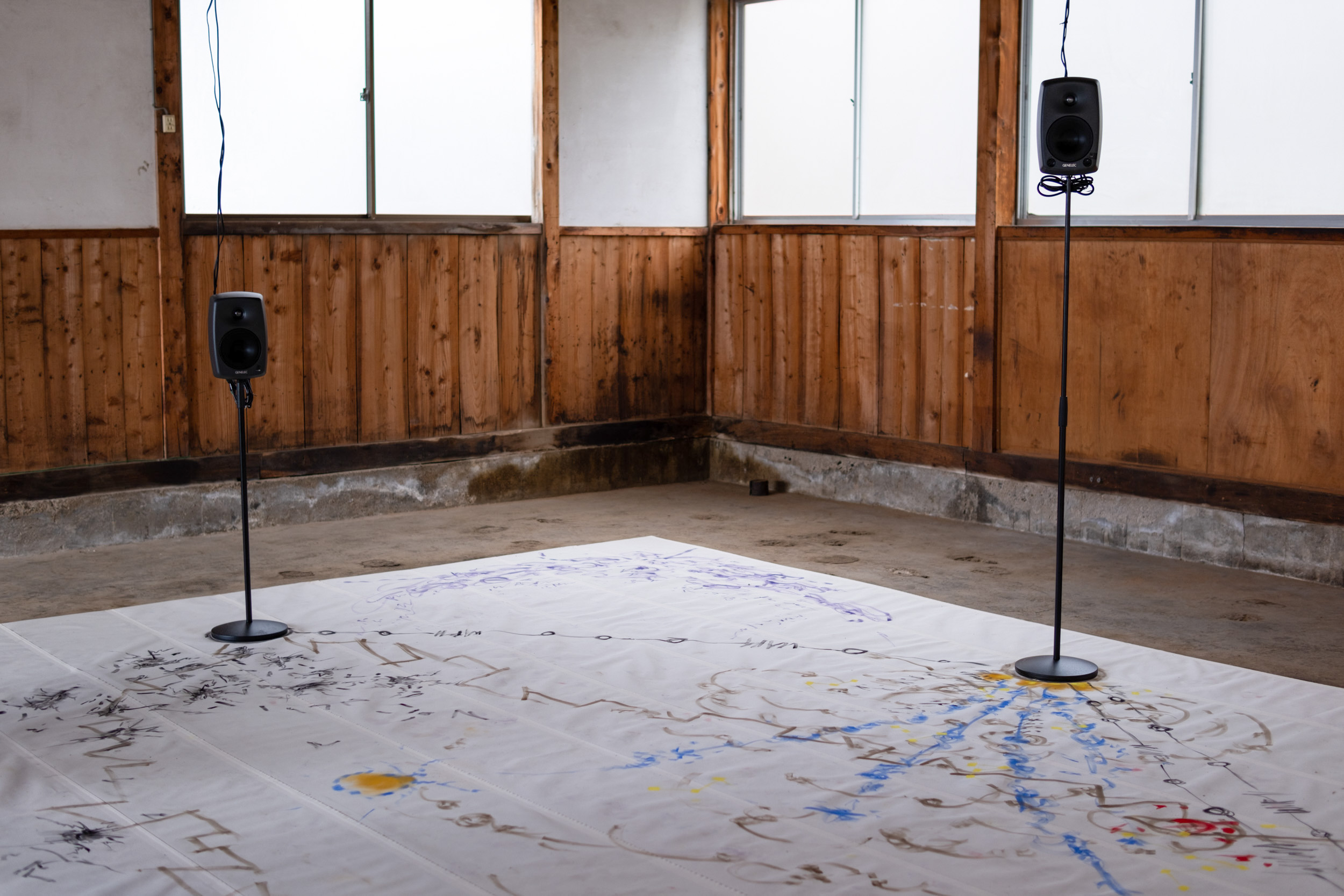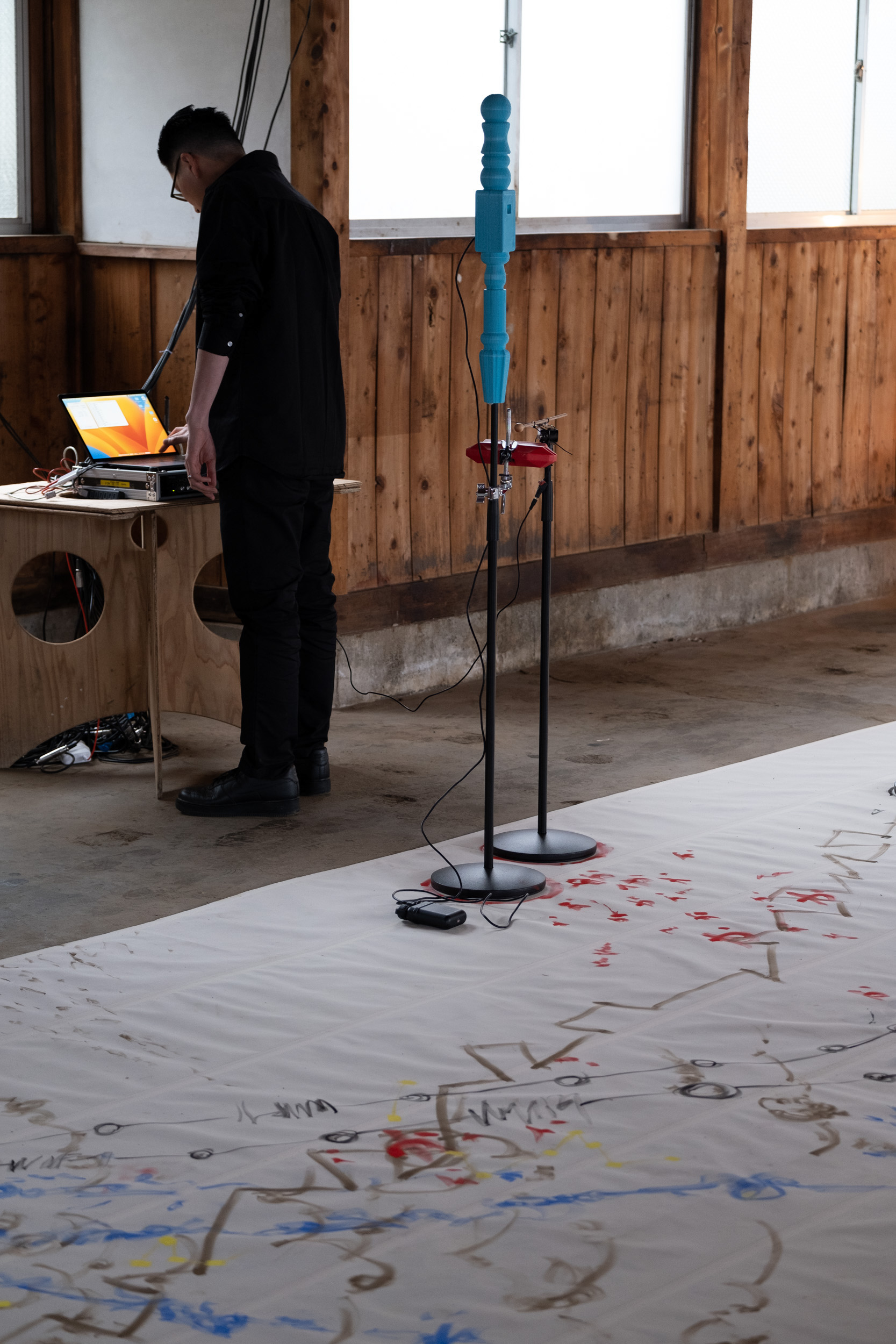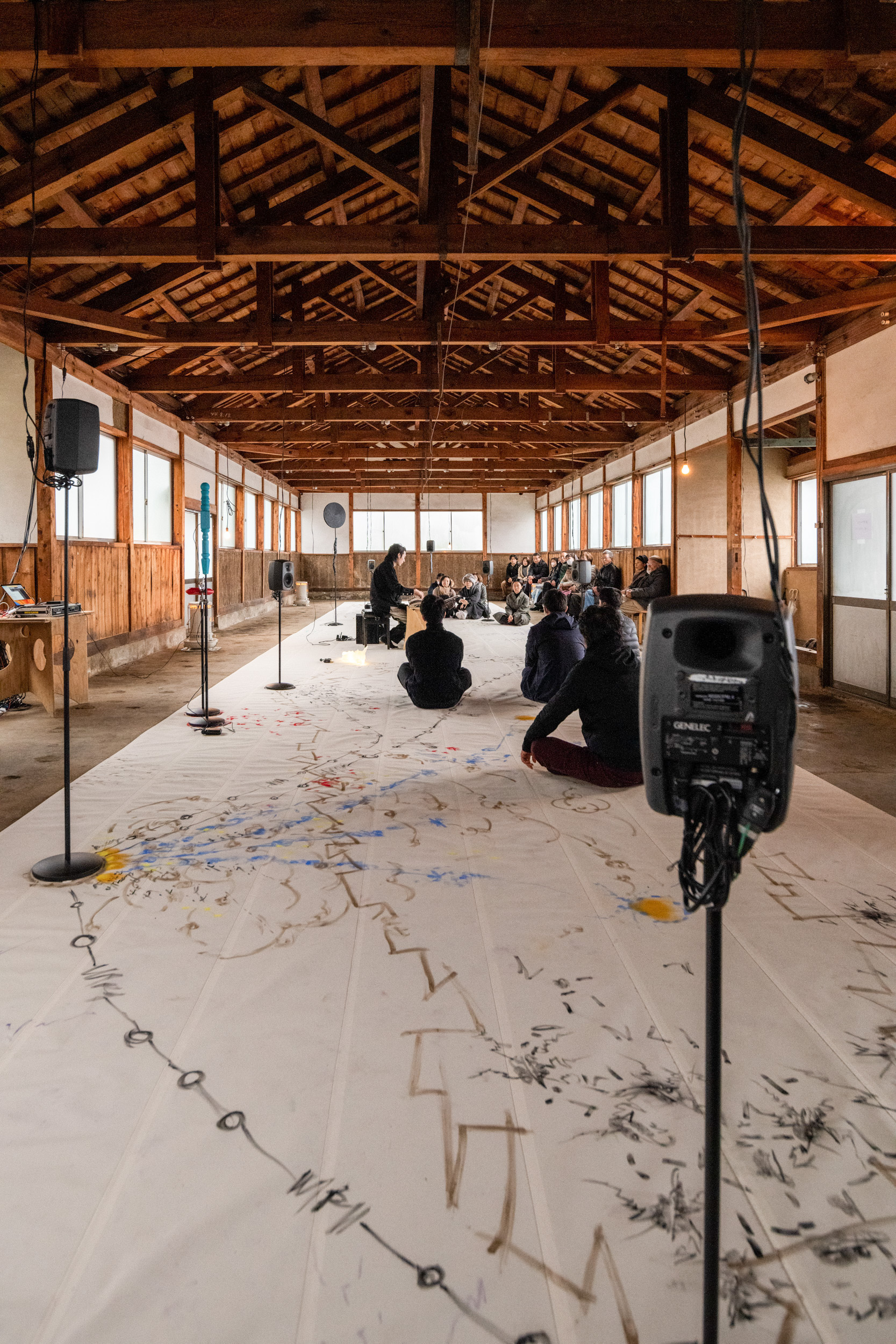
TWO TREES FOR KOTO
The koto performance “TWO TREES FOR KOTO” was taken place in SEI TAIZA (3329 Taiza Tangocho, Kyotango) from 2 p.m. to 3 p.m. on Saturday, December 2, 2023.
Artist/composer based in Hong Kong, Samson Young, composed 20 minutes score especially for LEO, who is expanding the possibilities of the koto. This was the first time they collaborate together.
Koto was originally from China (5th-6th CE) and introduced to Japan around 8th CE. It has now become an instrument for court music. The string was originally made of silk. Tango region where Taiza is located is one of the major silk weaving industries in Japan.
Young carefully studied how koto is developed in both Chinese and Japanese contexts and created his music exclusively for LEO to play in Taiza. The harmony that two cultures of Japan and Hong Kong now once again meet in Taiza where used to flourish in the ancient times.
DATE
2 p.m. to 3 p.m. Saturday, December 2
VENUE
SEI TAIZA
ORGANIZERS
TOMORROW, Japan Arts Council, Agency for Cultural Affairs, Government of Japan
COOPERATION
NIPPON COLUMBIA CO.,LTD.
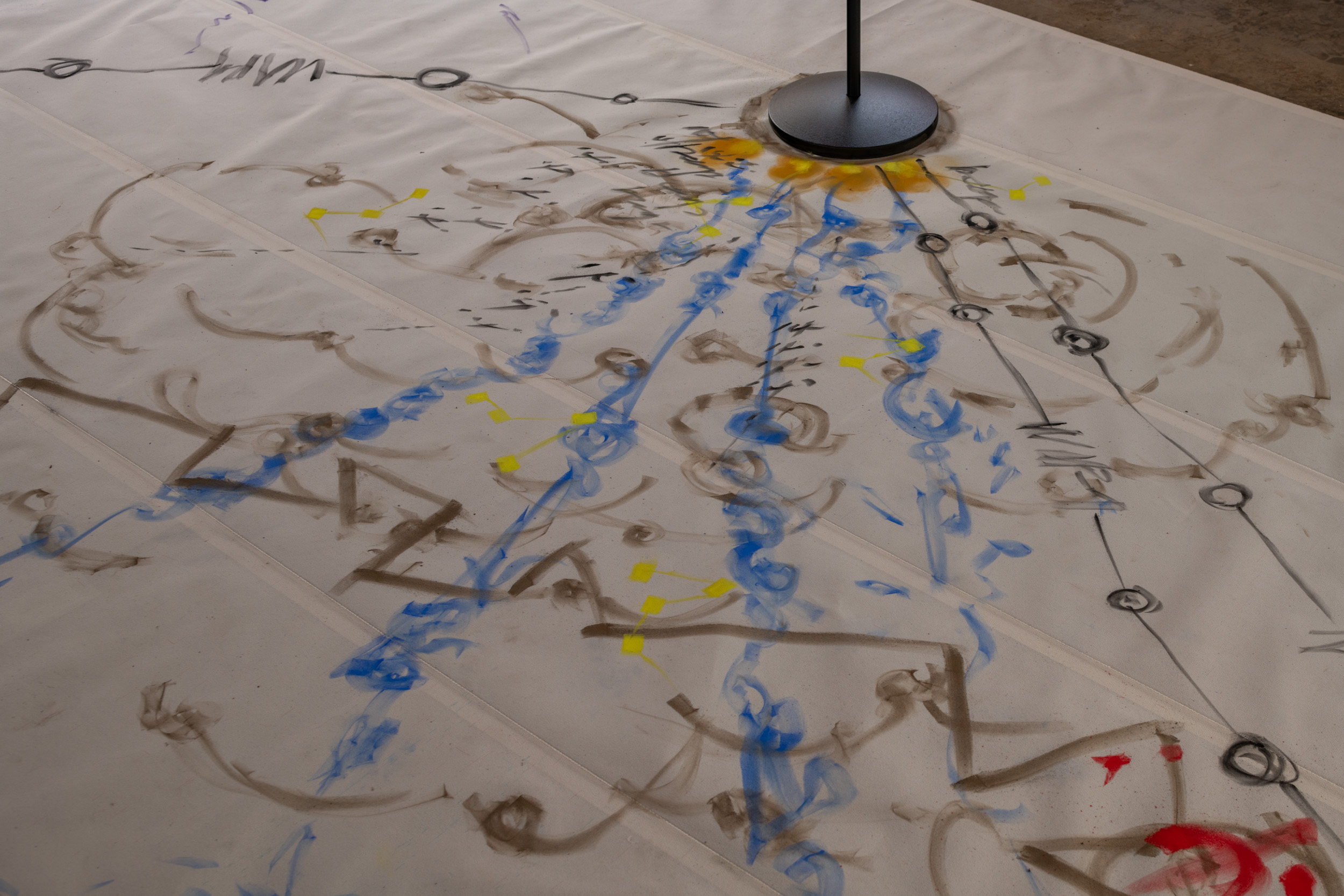
Photo: Nobutada Omote
The origin of the stringed instrument, koto, dates back to 2500 years in ancient China, and it was brought to Japan during Tang Dynasty during the 8th century. In Japan, this instrument which has been loved through court music, was once played with silk strings. Kyotango is Japan’s largest producer of silk textiles.
The building of SEI TAIZA that will be the venue used to be a textile mill where, until recently, weaving machines were lined up.
Young carefully researched the history of the koto in China and Japan, and created the koto music especially for LEO to perform in the land of Taiza. We hope you enjoy the harmony between the two cultures of Japan and Hong Kong, once again woven together in a place where once rich cultural exchanges were carried out through the sea.
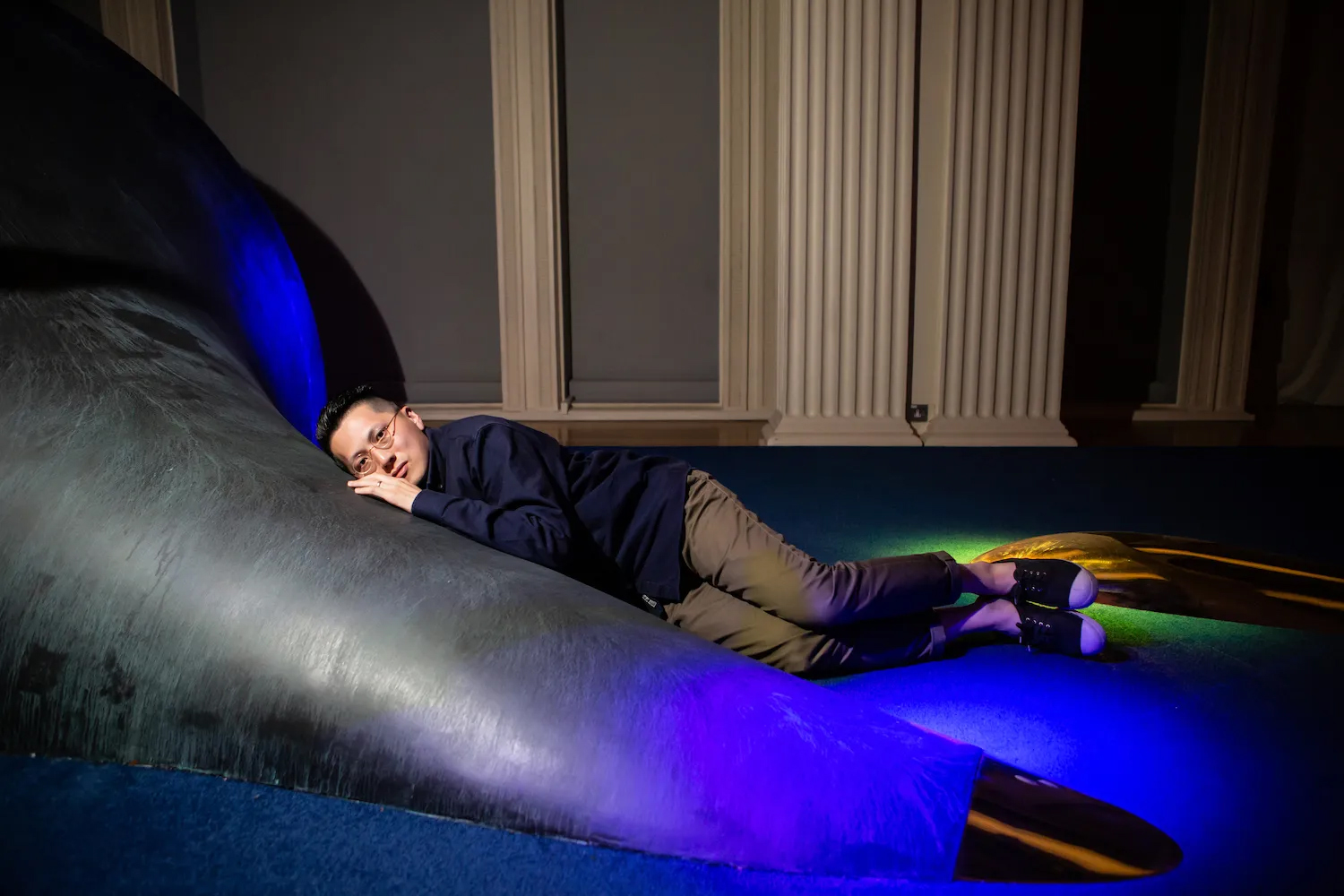
Samson Young
(b.1979, Hong Kong)
Samson Young works in sound, performance, video, and installation. He graduated with Ph.D. in Music Composition from Princeton University, and represented Hong Kong with a solo project at the 57th Venice Biennale. He was the recipient of the BMW Art Journey Award, a Prix Ars Electronica Award of Distinction in Sound Art and Digital Music, and the inaugural Uli Sigg Prize.
Artist Website: https://www.thismusicisfalse.com
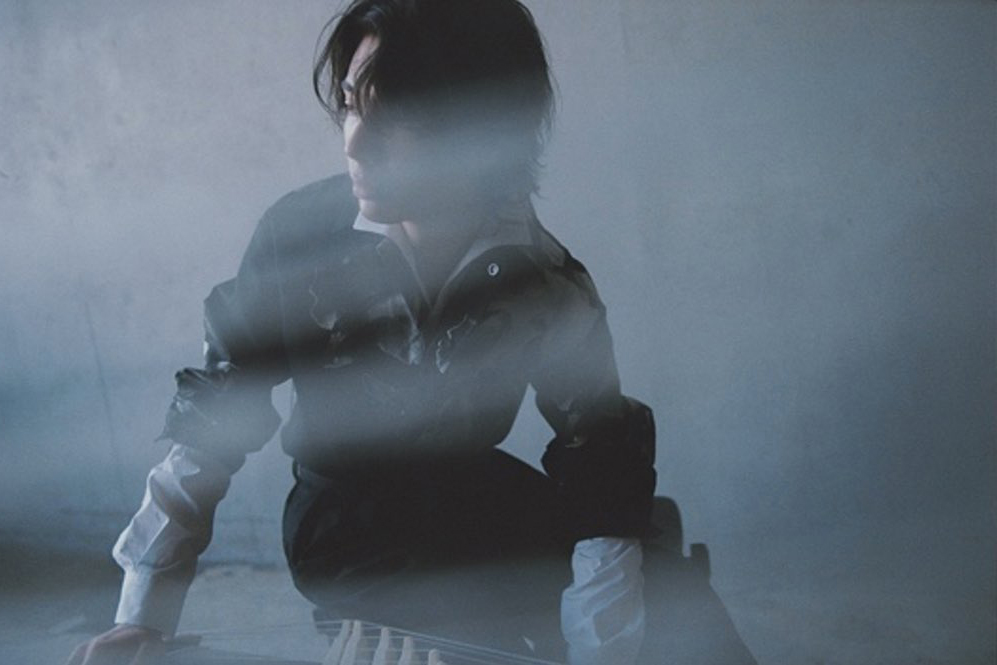
LEO
(b.1998, Yokohama, Japan)
In 2014, he became the youngest recipient of the highest award, the Minister of Education Award of the Japanese Hougaku Music Contest. In 2021, he performed the world premiere of the new koto concerto commissioned by Dai Fujikura. He performed at Blue Note Tokyo, the first time for a koto player, and also made an unprecedented appearance at SUMMER SONIC. He was the recipient of Idemitsu Music Award, Culture and Future Prize, Kanagawa Culture Award, and Yokohama Cultural Award Culture and Arts Encouragement Award.
Artist Website: https://www.leokonno.com

